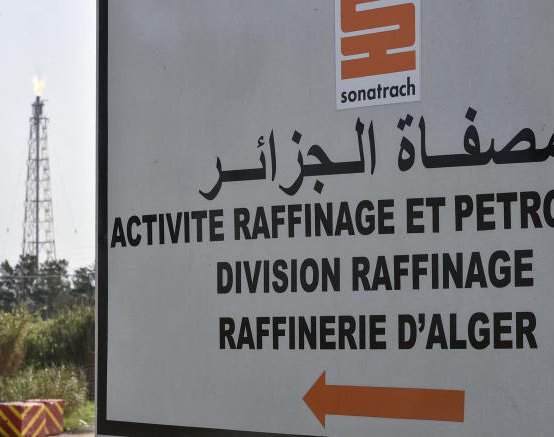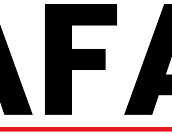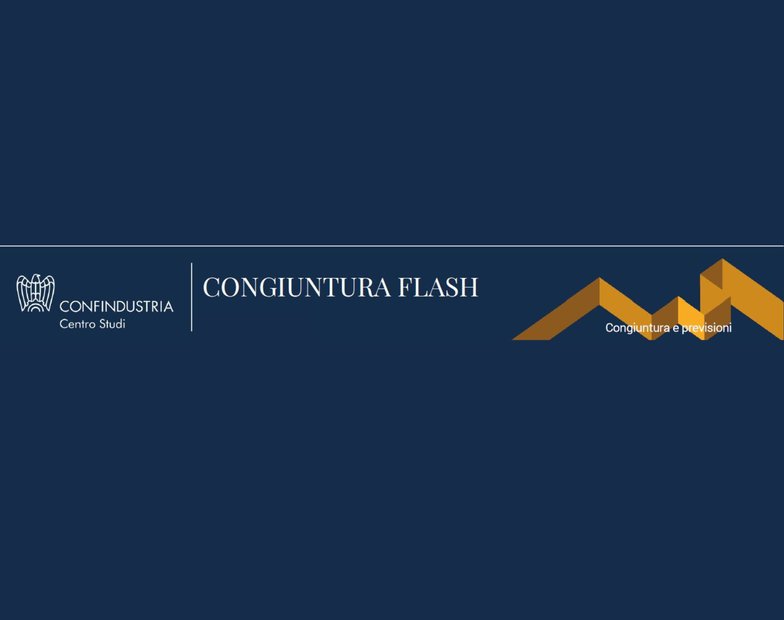Le Monde points out that Algeria is among the beneficiaries of the war in Ukraine due to the soaring prices of hydrocarbons. However, tapping into hydrocarbon revenues to buy social peace with subsidies frustrates attempts to modernize industry. Due to the efforts made by the state, textile-clothing and leather-footwear were on the rise, but after Covid the production of leather-footwear fell to only 4.4 points above the 1989 level. Recovery is uncertain because the benefit of gas exports discourages reforms.
The surge in hydrocarbon prices is saving the country's coffers but risks deterring attempts to diversify the economy.
In theory, the situation is virtuous for Algeria . The surge in hydrocarbon prices due to the war in Ukraine is mechanically saving the coffers of a country rich in Africa third largest oil reserves (behind Libya and Nigeria). The breath of fresh air offered by these potential revenues – estimated by the International Monetary Fund (IMF) at $58 billion in 2022 (or €54 billion) – is valuable at a time when the regime is trying to restore its position after the turmoil of the Hirak protest movement in 2019 and 2020.
In addition, the European search for solutions other than Russian gas raises Algeria's strategic profile on the regional scene. Increasingly courted, Algiers tries to project itself as a "reliable" partner, according to official rhetoric, especially with Italy, with which friendship shows itself ostentatiously. Today the source of 11% of gas imports in Europe, Algeria is destined to expand its status as a supplier over time. And at the same time analysts who have speculated about his diplomatic isolation following the Hirak crisis and the offensives of the Moroccan rival on the Western Sahara file lie.
But appearances are deceiving. The unexpected effect produced by the war in Ukraine does not detract from the acuteness of the challenges that never cease to pose themselves to a dysfunctional Algerian economy, it obliges the oil rent. The top of the state is deeply aware of this. Algerian President Abdelmadjid Tebboune himself denounced this hegemony of hydrocarbons – the source of 95% of the country's exports and 60% of its tax revenue – as "fatal for intelligence and initiative". In late 2018, a report by the International Crisis Group described an Algerian model as “breathless”. To get out of it, in the last fifteen years the demands for "industrial diversification" have multiplied... .
... as in textiles and leather
The Industrial Production Index (IPI) of the leather and footwear industry in Algeria stood at 4.7 points in the second quarter of 2021, with 1989 as the base year (=100). The index is slightly higher than in 2020. That year, industrial production of leather, leather products and footwear in the country had fallen by 4.4 points.
Algeria, the gateway between Africa and Europe, is home to Africa's largest textile factory, the Tayal Textiles industrial complex in Sidi Khattab, Relizane. It would have the ability to employ 25,000 workers and produce 60 million meters of fabric and 30 million jeans.
Algerian textile and leather companies, which still resist the multiple constraints linked to the effects of massive imports, hold less than 10% of the Algerian market. The textile industry in Algeria and the clothing subsector, which has needs that exceed 150 million garments a year, is only 5% covered by local producers, the rest is submerged for 95% by imports.
As a result of the efforts made by the state to revitalize this sector, the textile-clothing and leather-footwear industries in Algeria have increased by almost 12% in recent years.
Algeria was in the process of establishing a "solid partnership" according to the 51-49% rule with foreign companies, in particular Italian or Turkish – the latter being the owners of TAYAL industrial complex - for the transfer of technology and know-how in the textile sector, both to be able to dominate the domestic market, where the demand for quality products is strong , and to export.
The textile industry in Algeria is a strategic sector with a promising future that has powerful assets, which would allow it to reach about 2 billion euros in Textile-Clothing exports by 2022 according to statistics and action plans proposed by experts in the sector.
For the leather and footwear industry, Algeria was establishing a "strong partnership", always under the rule of 51-49% with foreign companies, as written above Italian or Turkish, and focusing on training with an investment of DZD 200 million.
Algerian economic operators would be looking for ways to revive sectors that are rich niches and that can provide good gains for Algeria in terms of exports and investments, but ... .
... there is an aging productive apparatus
The temptation to draw on the revenues of hydrocarbons to buy social peace with subsidies has prevailed over the desire to explore new ways of promoting and modernizing the industry. The decline in the price of oil in 2014 (the barrel fell from 80-110 dollars in 2011-2013 to 40-60 dollars in 2015-2017) had certainly revived the reflection more seriously than ever. But the rebound in international prices fueled by the war in Ukraine (in early June a barrel was trading at $117) could weaken this sense of urgency and postpone maturities again. "The risk is that the rise in prices will have a counterproductive effect on the announced structural reforms," points out Rachid Mira, a research associate at the Center for Economics at the University of Paris-Nord.



